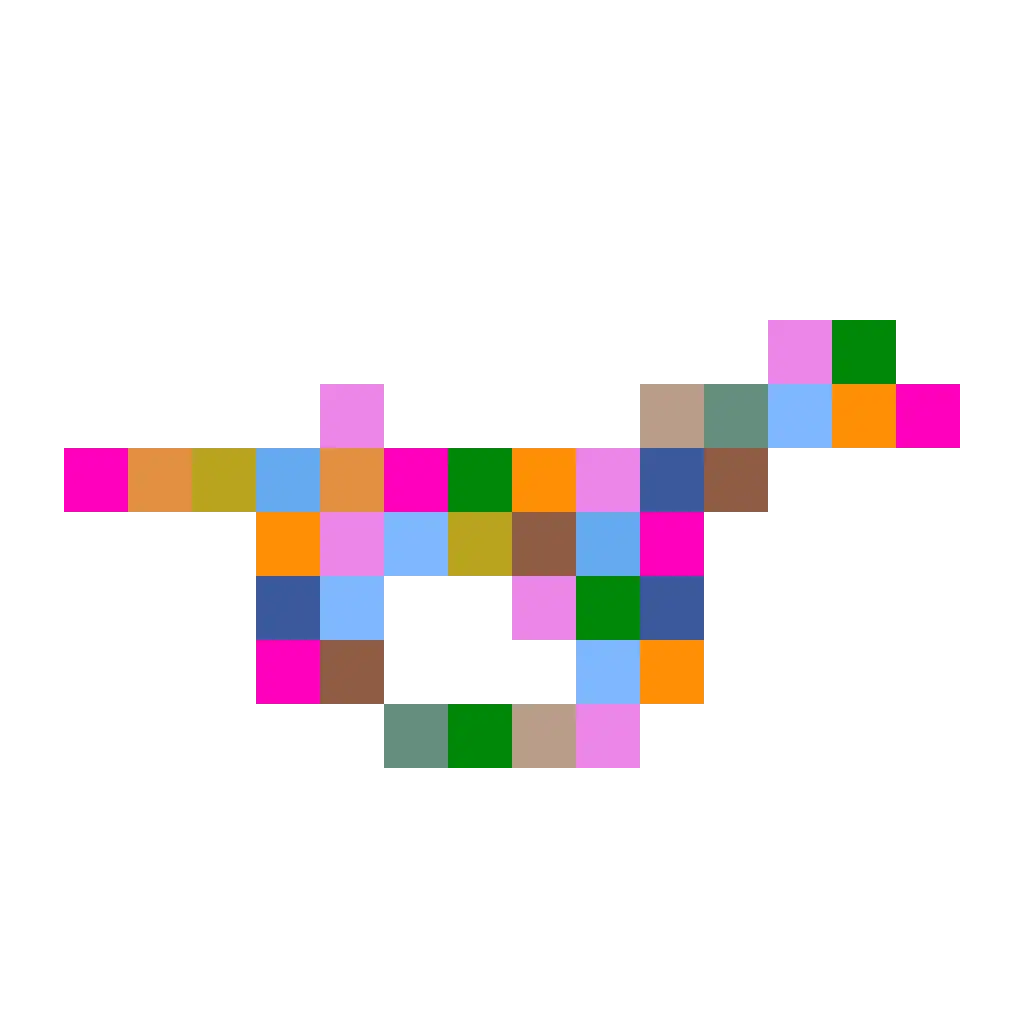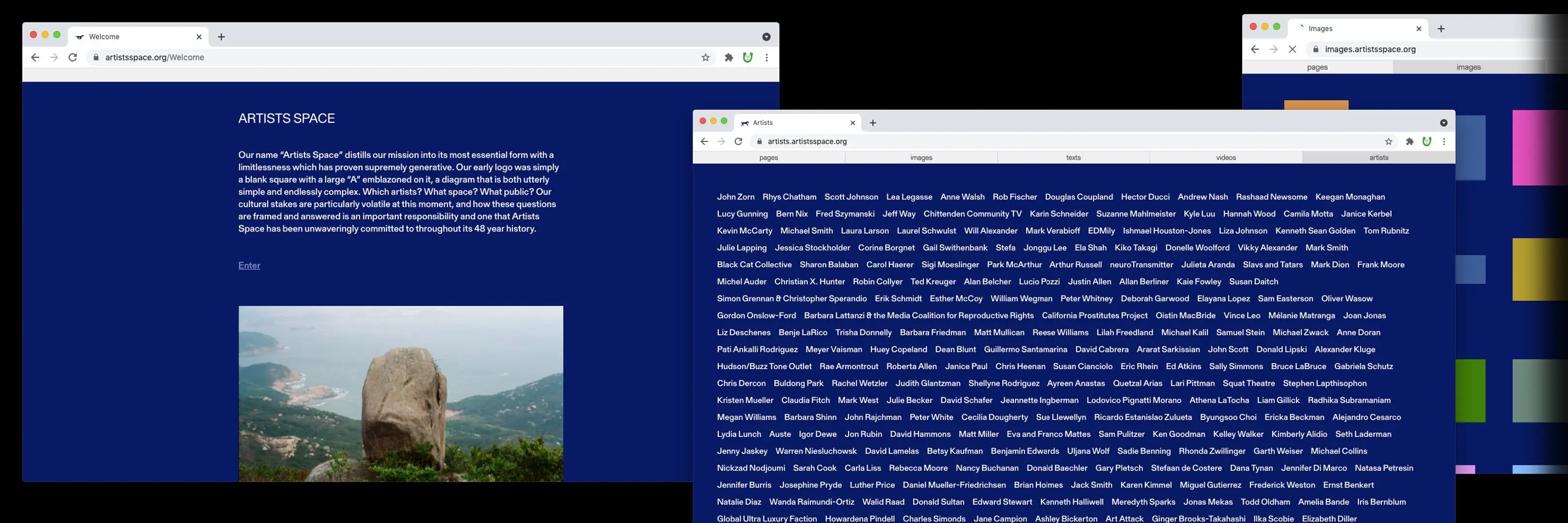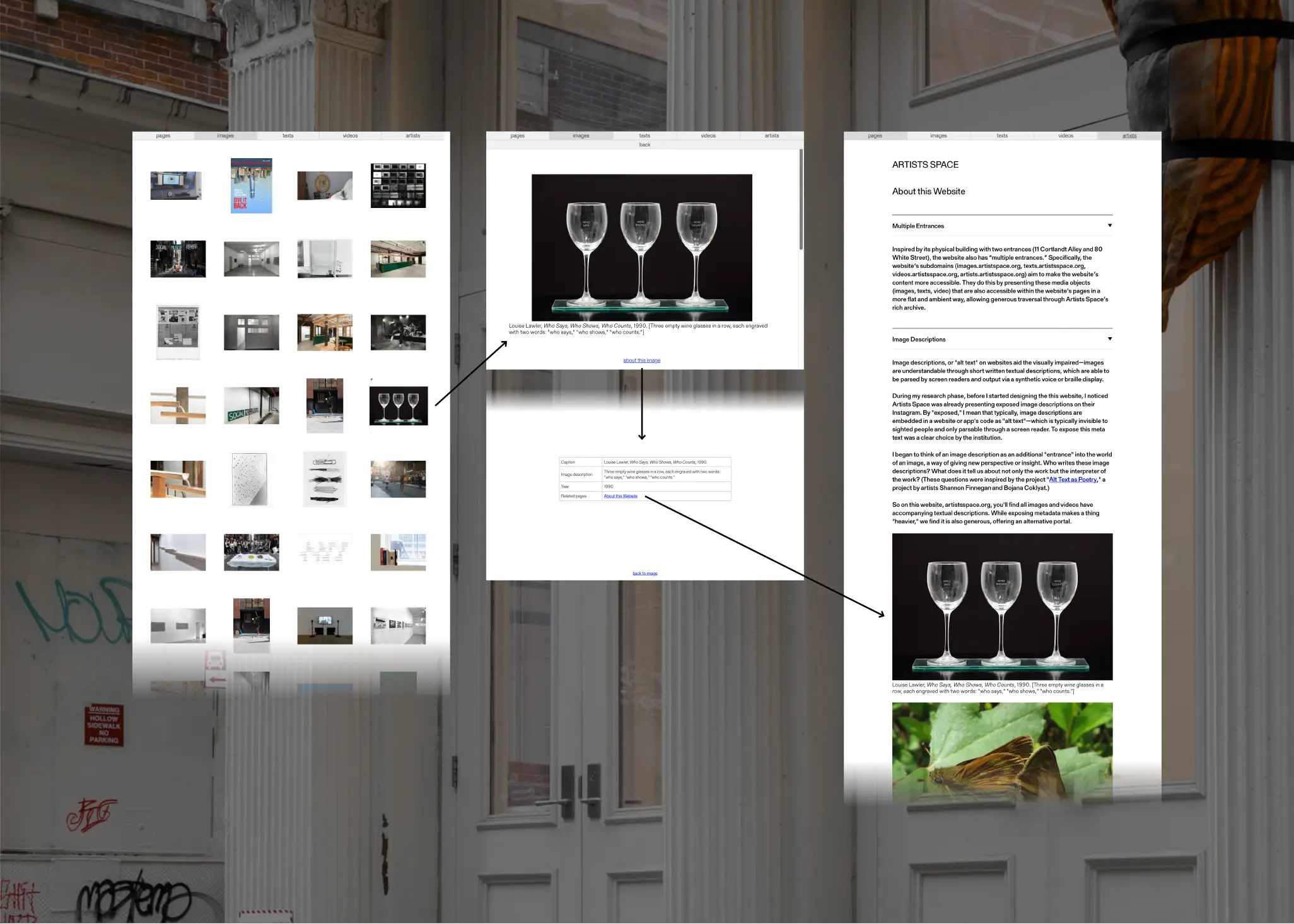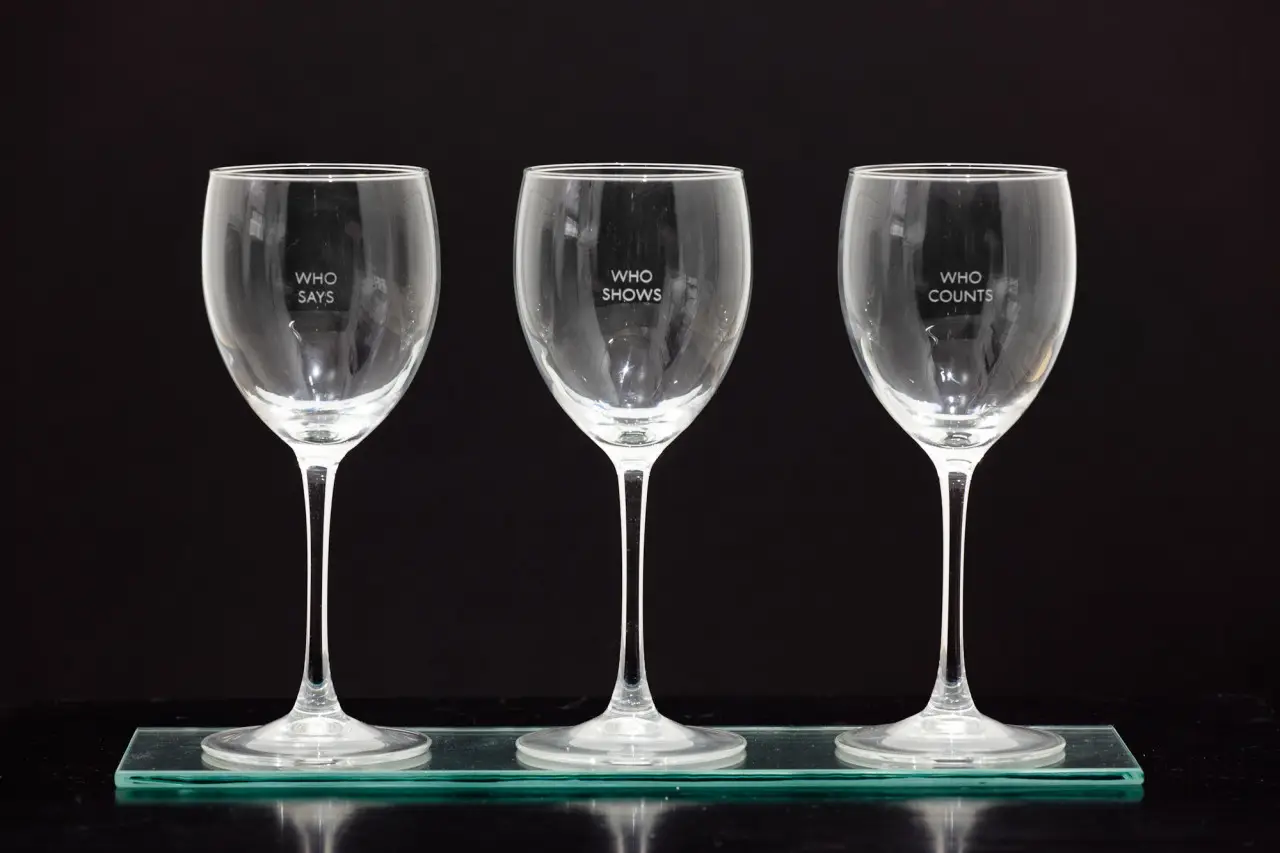


A favicon (short for "favorite icon") is a small icon that appears near the web browser's address bar. (It also appears next to individual entries in web browser history and also next to a saved web bookmark.) Most websites have unique favicons. If it’s a company or brand’s website, typically the favicon is a minified version of its logo. But in the case of an individual or artist, often the favicon is more expressive. But what about an arts institution?
In designing Artists Space's website, I wanted to consider some aspect of the website a separate but linked exhibition space to its physical location. So the favicon seemed like the perfect "space" to exhibit artist work. Similar to exhibitions, it could change contents and be reimagined by artists on a regular basis.
I created the first favicon, an animated galloping horse. I chose a horse because horses were my favorite drawing subject as a child, serving as my personal introduction to art. More broadly, the horse appears prominently throughout art history. The very first (cave) paintings were horses. And in 1848, Eadweard Muybridge captured sequences of a horse's gallop to finally answer the question, "When a horse gallops, does it ever become fully airborne?"
The horse changes to blue after sunset time in New York City, no matter where you access the website in the world, and changes back to color at sunrise. Additionally, the favicon changes away from the horse altogether if you land on an individual artist's page. It becomes a unique shape derived from the name itself. These shapes were algorithmically generated by Taichi Aritomo, who programmed this website.




